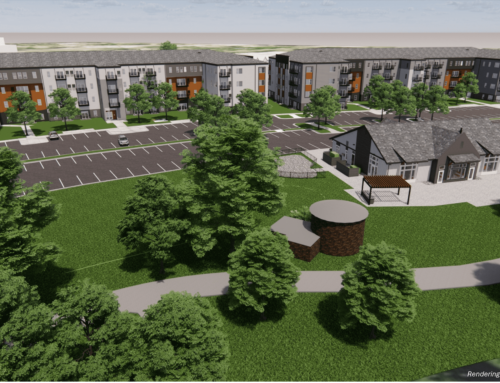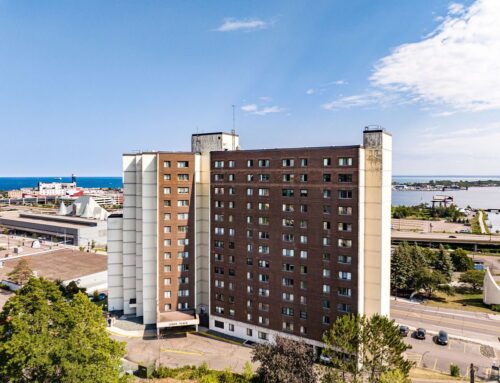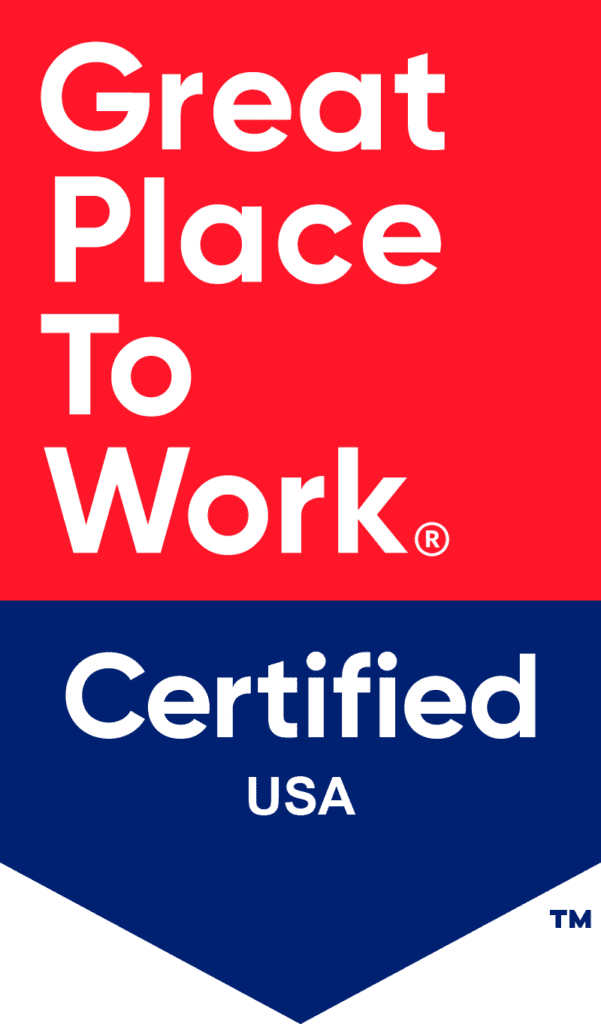What to Expect From Senior Housing in 2021
In part one of our 2021 outlook series, Standard Cos.’ Jeffrey Jaeger outlines the main trends and challenges expected to shape the senior housing sector over the next 12 months.
By Adina Marcut
Following a rough first half of the year, senior housing development and investment started to slowly get back on track. However, the sector is far from being out of the woods, with several challenges looming on the horizon.
“The time for action is now,” Standard Communities Co-Founder & Principal Jeffrey Jaeger told Multi-Housing News. He is convinced that the current conditions provide several opportunities to secure housing for the future at an advantageous cost. Here are Jaeger’s top takeaways from 2020, as well as his expectations for this niche going forward.
With 2020 almost behind us, what are your key takeaways when it comes to the senior housing sector, considering this year has brought unprecedented challenges?
Jaeger: The work being done to provide high-quality housing for seniors is more important than ever. While this year has indeed brought unprecedented challenges, they only added to what was already a difficult environment for seniors before COVID-19. In most metropolitan areas, those on fixed incomes—as many seniors are—struggled to afford high-quality housing even prior to 2020. This reality makes safe, affordable housing more critical than ever, and demand for senior and affordable housing will only continue to grow.
Health and safety of all residents is a primary focus at all of our properties, but it has taken on a renewed focus at senior-designated properties during the pandemic. Research shows that seniors are more likely to be severely impacted by a case of COVID-19 and extraordinary precautions are needed to ensure their safety. As owners and operators of apartments, we must continue to rise to this challenge.
We need to be thoughtful about the extra steps needed to preserve the quality of life, safety and peace of mind of our residents, thereby enabling them to stay as connected to their communities as circumstances will allow. It is essential that we think critically and creatively about how we can support our residents.
What are the major changes the pandemic has brought to the senior housing sector this year? Is there anything that you expect to become normal going forward?
Jaeger: It’s hard to think of an aspect of senior housing that has not been impacted in some way by the pandemic. It is difficult to know which of the changes will prove durable and which will not. All we can do is continue to be adaptable and innovative in order to best serve our residents.
Take the most fundamental aspects of designing and operating a property as examples. Routine repairs and maintenance work require significantly more planning to minimize the amount of time that residents and staff are in close proximity. Procedures must be established to handle the increased volume of deliveries as residents increasingly shop online or by phone.
The ways in which common and amenity areas are utilized and sanitized is totally new and more intense, and adjustments have been made to reduce density and allow for uses that enable social distancing. Thought must be given to how apartments and building systems can be adapted to allow residents to comfortably spend significantly more time in their units as opposed to off-site or in common areas. All of these are among the array of elements that have changed during the pandemic.
Is there anything that might expedite the recovery process for this sector, besides a vaccine?
Jaeger: A renewed focus on policy and legislative initiatives are needed to expedite the recovery of the affordable and senior housing sectors. Government agencies at all levels—from federal to local—should increasingly seek to create public-private partnerships and other innovative solutions to bring additional resources to the affordable housing crisis—during and after COVID-19. With committed public partners, we can provide high-quality, affordable senior housing that will improve the quality of life and strengthen the economic fabric of entire neighborhoods for years to come.
This year, Standard pivoted to ground-up affordable housing development and announced an increased interest in Opportunity Zones. Tell us what determined this shift.
Jaeger: Standard focuses on crafting developments that strengthen communities’ economic and social resilience, and we are always looking for innovative ways to accomplish and deliver these transformative investments with limited or no public fiscal burden. We are seeing state and local budgets facing declining tax revenues, potentially reducing the funds available to support high-quality affordable housing initiatives, at a time when more and more residents find themselves in need of that support.
No matter what avenue we pursue—acquisitions, renovations, Opportunity Zone investments or new construction—we remain committed to undertaking transformative initiatives that restore vibrancy and economic health to neighborhoods.
Our growth strategy in 2021 will continue to revolve around being adaptive, innovative and committed to providing high-quality housing. We do anticipate an increased focus on public-private partnerships in 2021, as these will be opportunities for public agencies to partner with private firms in order to access the expertise and capital that the private sector can provide to address housing needs.
How did Standard support its residents throughout this difficult period?
Jaeger: We’ve launched the Standard+ Foundation and the Standard Communities COVID-19 Resident Relief Fund in an effort to support our residents who have been most adversely affected by COVID-19. These initiatives have provided free COVID-19 protection kits to approximately 18,500 residents at our affordable apartment units across the U.S. and distributed more than 6,000 meals to low-income residents in the New York City metro area.
What potential challenges could the senior and affordable housing niche continue to face next year?
Jaeger: The impacts of COVID-19 and the subsequent economic slowdown have been swift, and, unfortunately, seem likely to endure for years to come. Reduced tax receipts and the ongoing economic slowdown are likely to leave both municipalities and nonprofits with less funding for affordable housing development and preservation, and the social services programming that bolsters quality of life for seniors.
Capital market conditions could make it harder to get deals done. Property operations will remain strained by efforts to accommodate social distancing and other safety measures, and more residents may struggle to afford their housing.
Considering all these aspects, what is your business strategy going to be next year?
Jaeger: In 2021, we expect to continue the strategy we’ve used to build our portfolio thus far—focusing on our ability to craft innovative deal terms and financial structures to secure senior and affordable housing deals in high-cost and high-opportunity locations. This has proven successful—even during COVID-19. We’ve closed on approximately $100 million in transactions in the last six months and we expect another $100 million by the end of 2020, with $200 million already in the pipeline for next year.
Tell us your top three predictions for the industry in 2021.
Jaeger: For the senior housing industry, I anticipate a robust demand for senior affordable housing, much of it driven by demographics. The U.S. faces a critical shortage of affordable homes for low- and moderate-income households, a crisis made even more severe by the number of affordable units that require critical repairs.
Housing is a bedrock of flourishing, healthy communities and COVID-19 has greatly exacerbated the tremendous need for affordable housing across the country, particularly for seniors. We hope that federal, state and local governments will develop and implement legislation to expand access to affordable housing.
An increased focus on energy efficiency and environmental sustainability will be even more critical. Many people will continue working from home and spending more time in their apartments than in their workplaces. That puts the impetus on property owners to implement practical and measurable strategies to improve asset performance and enhance indoor environmental quality, to reduce energy consumption and to reduce greenhouse gas emissions.










